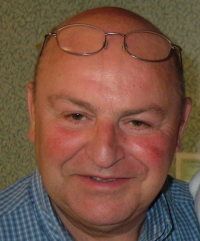
By Nancy Zubiri
José Ramón Cengotitabengoa is a driven man. Especially when it comes to promoting the Basque identity.
Cengotitabengoa spearheaded the movement to erect the Monument to the Basque Sheepherder in Reno, Nevada in 1989. He was also behind the building of a traditional Basque fishing boat, the Trainera Ameriketatik, which was a gift to the Basque Country from the Basques in the United States.
His work was mostly carried out as the president of the Society for Basque Studies in America, a post he held for many years. The small non-profit organization sponsors an annual Hall of Fame dinner to honor Basques for their contributions.
On Saturday Nov. 7, the Society for Basque Studies in America honored Cengotitabengoa for his dedication to the Basque cause for so many years. The 29th Basque Hall of Fame celebration was held in Washington D.C. at the Bistro d’Oc restaurant at 518 Tenth St., NW.
“We want to honor him because without him we wouldn’t have the Society,” said retired professor Emilia Doyaga, who was also a founder. She recalled how Cengotitabengoa came to be involved when the Society of Basque Studies was in its early stages. At the time, she said, there was a spirited debate about the direction the society should take. Cengotitabengoa helped the group realize that it should promote the story of the Basques globally, not just within the Basque clubs.
“He was a leader,” Doyaga said. “He did so much.
Cengotitabengoa spoke to Euskal Kazeta from Washington D.C., where he had arrived from the Basque Country for the celebration. He was asked to name his favorite project. The sheepherder monument, he answered.
“The sheepherders were a very humble people,” he said. “Those humble people made the West.” Prominent people get recognition, he noted, whereas people who give so much, like the Basque sheepherders, deserve honor too. “They give to society more than they take.”
Originally from Zaldivar, Vizcaya, Cengotitabengoa was a businessman in the U.S. steel industry for many years. He and his wife Gema raised their three children in the Chicago area.
His first big Basque project was to bring three Basque sculptors, Nestor Basterretxea, Vicente Larrea and Remigio Mendiburu, to the United States for a major art exhibition in 1984. He continued to support their work through the years. Their visit led to the idea for a monument to the Basques, which culminated in the Monument to the Basque Sheepherder in Reno, sculpted by Basterretxea.
Despite some controversy over the abstract design, Cengotitabengoa’s faith in the project prevailed. His efforts were crucial in obtaining the $350,000 funding from both sides of the Atlantic.
The idea for the trainera was conceived by boat builder and seaman Xabier Agote. It was to resemble the 18th century fishing boats used in the Basque Country. But the boat needed financing to come to fruition. That’s when Cengotitabengoa came to the rescue. The Society for Basque Studies in America backed the project and raised much of the $75,000 cost of building the boat.
Doyaga recounted the first trip of “Ameriketatik” in the Port of New York. A crew of boys and men rowed it across the harbor and afterwards, they exclaimed about how heavy the boat was and how difficult it was to row. The boat was transported to the Basque coast in July 1998. Cengotitabengoa was there to watch as a crew then rowed the trainera to various ports in the Basque Country to celebrate its arrival. The boat is currently docked at the Donibane Pasaia port in Gipuzkoa.
“I don’t think either of those two projects would have been finished without his drive,” said his son Sam Zengotitabengoa. He recounted how his father crossed continents to Europe and back, to encourage government officials and individuals to donate funds to cover the costs of the projects.

“He is a person who is very motivated and driven to start and finish a project,” said his son.
Despite his age, he doesn’t stop working. Cengotitabengoa and his wife moved back to the Basque Country, to Vitoria-Gasteiz, in 2006, because he wanted to learn Euskera. He said he spends about about eight hours a day studying the language. “It’s my religion,” he joked. When he is not studying, he is traveling. He and his wife come to the U.S. about three times a year, to visit their children.
Bistro d’Oc
518 Tenth St., NW
Washington D.C.
(202) 393-5444
For a history of the Society of Basque Studies in America, see this article in EuskoNews.
For biographies of most of the past members of the Society’s Hall of Fame celebrations, see the Society’s website.
See the NABO page on Cengotitabengoa.

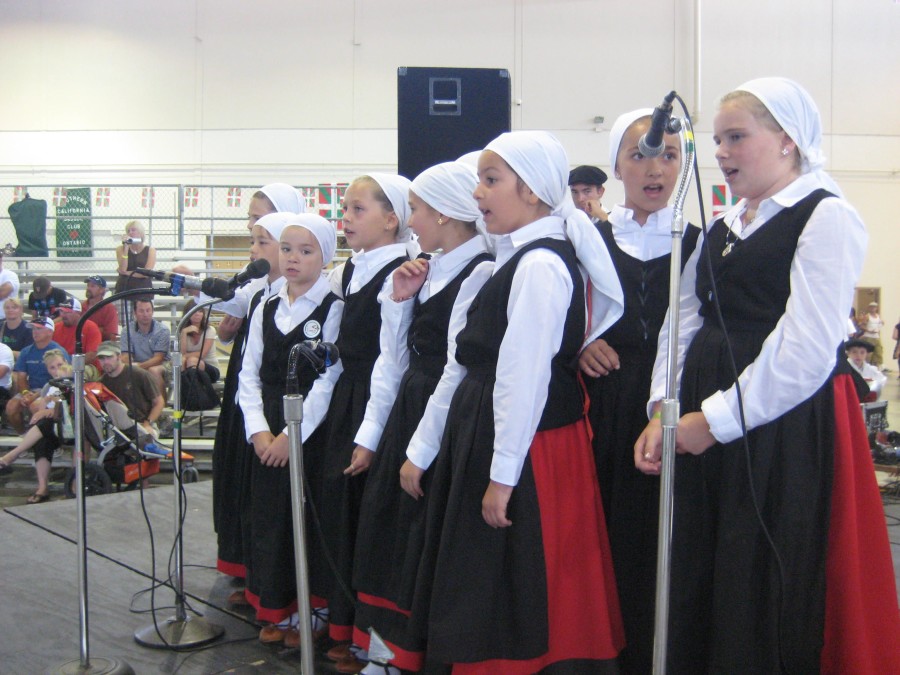


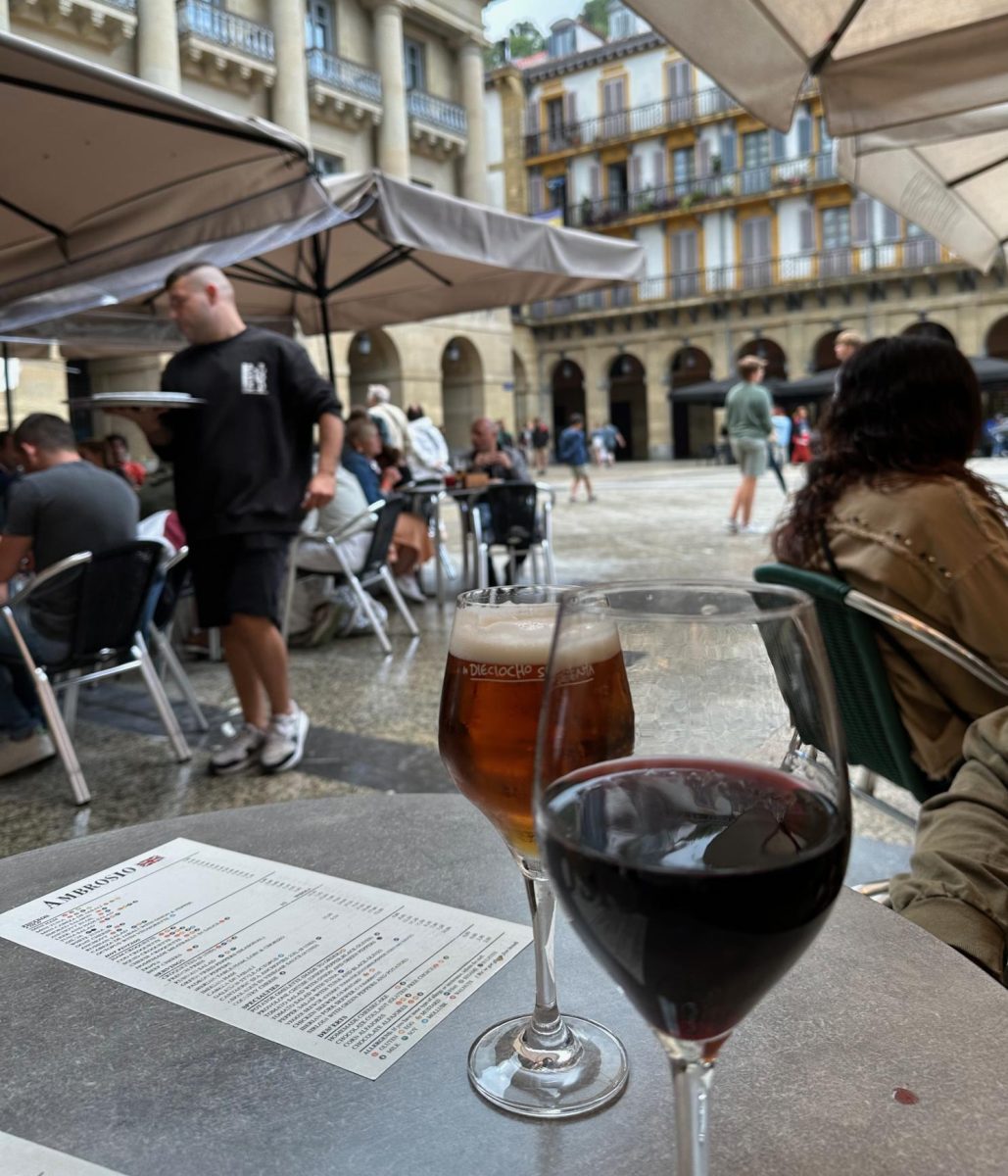

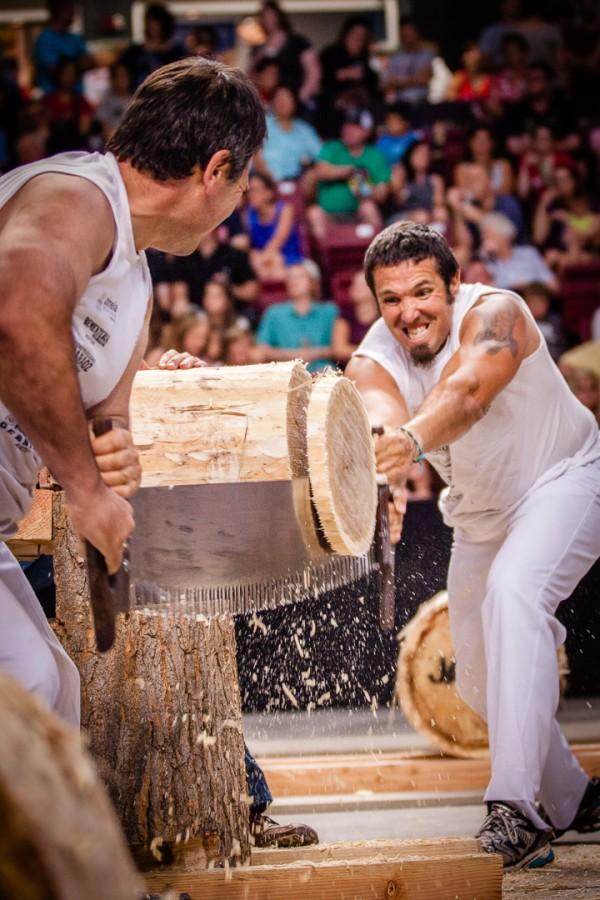

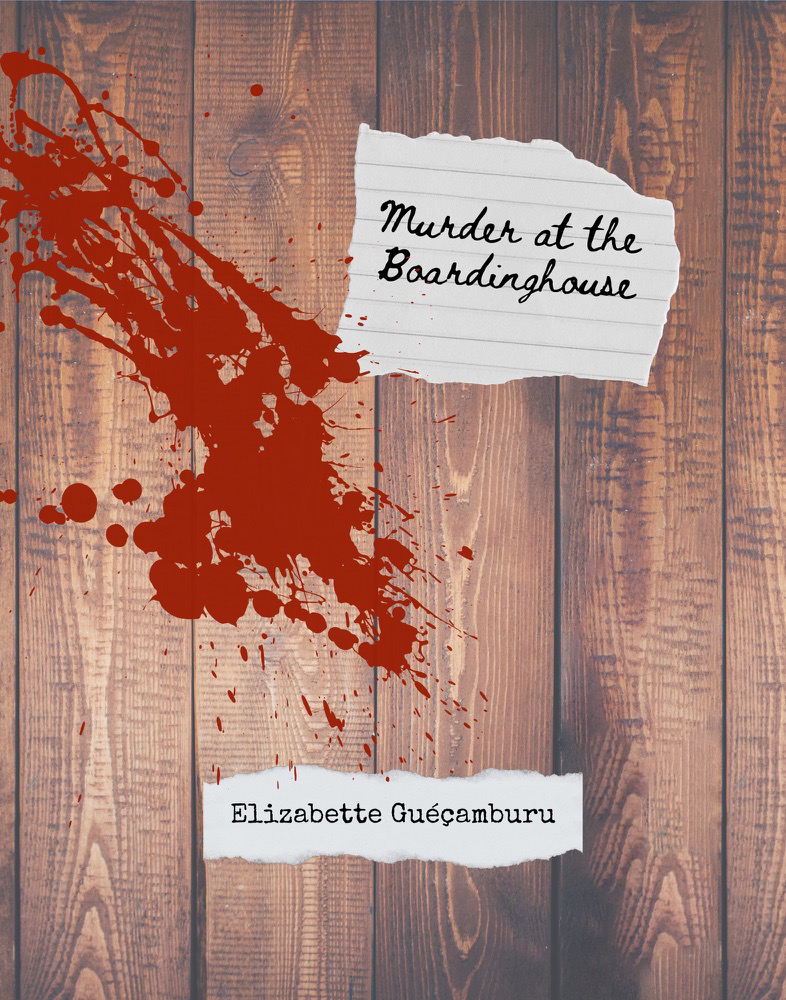


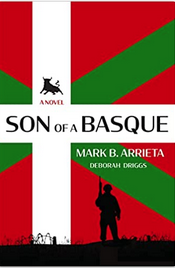


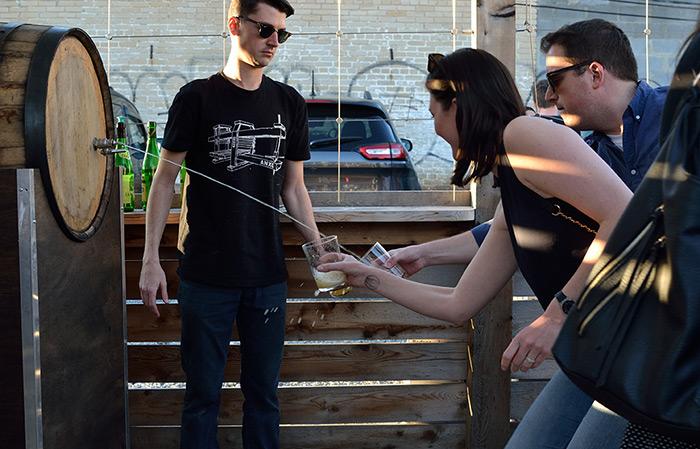
Reggie Dickinson • Mar 28, 2020 at 3:16 pm
Ramon was a close friend when he was in the Uk. I would dearly like to make contact with him.
Can you help me, please?